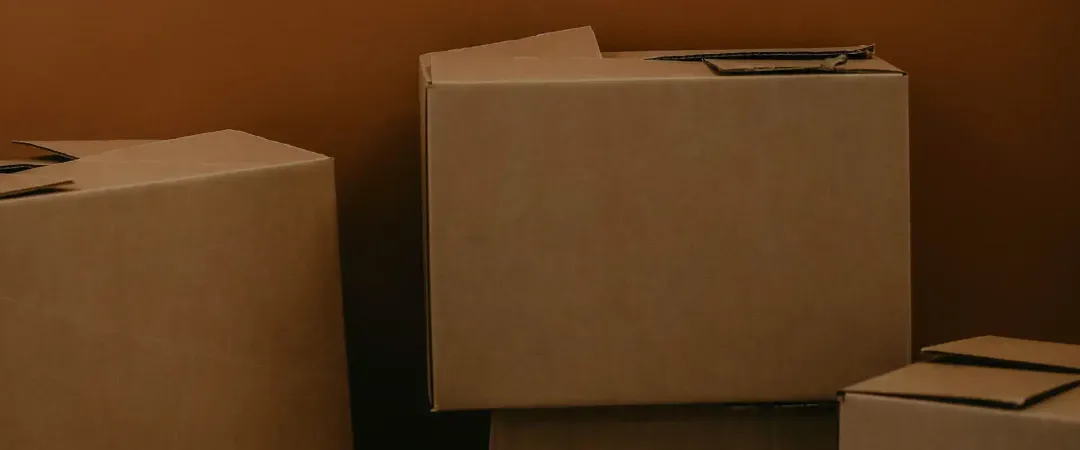Moving can be a daunting task, especially after a divorce. The emotional toll of a divorce can make it difficult to focus on the practical aspects of moving. However, with the right mindset and a little bit of planning, moving after a divorce can be a smooth and stress-free transition. In this article, we will discuss tips for managing the moving process following a divorce, emphasizing that it does not have to be stressful.
Moving After Divorce Checklist
The first step in managing the moving process after a divorce is to create a checklist. This checklist should include all the important documents that you will need to take with you when you move. These documents may include your divorce decree, birth certificates, social security cards, passports, and any other important legal documents.
It is important to keep these documents in a safe and secure place during the move.In addition to important documents, your checklist should also include a list of all the items that you will be taking with you when you move. This list should be as detailed as possible, including the number of boxes, furniture, and other items that you will be taking with you. This will help you to stay organized during the move and ensure that you do not forget anything important.
Two-Month Moving Calendar for Divorce
Once you have created your checklist, it is important to give yourself enough time to handle all the moving tasks in an organized manner. We recommend giving yourself at least eight weeks to prepare for the move. This will give you enough time to pack, organize, and make any necessary arrangements.
To help you stay organized during the two-month period, we have created a moving calendar. This calendar outlines all the tasks that you should complete each week leading up to the move. Here is a breakdown of the two-month moving calendar:
Week 1: Create your moving checklist and start gathering all the necessary documents.
Week 2: Begin sorting through your belongings and deciding what you will be taking with you and what you will be leaving behind. This is also a good time to start researching moving companies and getting quotes.
Week 3: If you have children, start researching schools and childcare options in your new area. This is also a good time to start notifying important contacts, such as your employer, utility companies, and healthcare providers, of your upcoming move.
Week 4: Begin packing non-essential items, such as seasonal clothing and decor. This is also a good time to start selling or donating any items that you will not be taking with you.
Week 5: Continue packing and start labeling boxes by room. Make sure to keep a detailed inventory of everything you pack.
Week 6: Confirm your moving date with your chosen moving company and start making arrangements for any services that you will need in your new home, such as internet or cable.
Week 7: Finish packing and make sure that everything is properly labeled and organized. This is also a good time to start cleaning your current home and preparing it for the move.
Week 8: On the day of the move, make sure that all your boxes are properly labeled and that you have all the necessary documents and items with you. Once you arrive at your new home, take some time to unpack and get settled in.
Coping with the Emotional Aspect of Moving After Divorce
In addition to the practical aspects of moving, it is important to address the emotional aspect as well. Moving after a divorce can bring up a lot of mixed emotions, including sadness, anger, and anxiety. Here are some tips for coping with the emotional aspect of moving after a divorce:
– Allow yourself to feel your emotions. It is important to acknowledge and validate your feelings, rather than trying to suppress them.
– Seek support from family and friends. Surround yourself with people who love and support you during this transition.
– Consider working with a therapist or counselor. They can provide you with additional support and guidance during this challenging time.
– Take care of yourself. Make sure to prioritize your physical and emotional health during the moving process. This may include getting enough sleep, eating well, and engaging in self-care activities that you enjoy.
Conclusion
Moving after a divorce can be a difficult and overwhelming process, but it doesn’t have to be stressful. By creating a moving checklist, giving yourself enough time, and addressing the emotional aspect of the move, you can make the transition smoother and more manageable.
Remember to take care of yourself and seek support when needed. With the right mindset and preparation, you can successfully move on to the next chapter of your life.

